Got spots, zits, cysts or lesions? You're not alone. Acne vulgaris is the most common dermatological condition, affecting 85% of adolescents and 50% of adults in their twenties who eat a westernized diet1. Good news – it only takes 8 easy changes away from this standard diet to cure acne forever.
Understanding the REAL Cause of Acne
Acne vulgaris is caused by a blockage and inflammation of the sebaceous glands of the skin. These glands are located in follicles within the skin where they produce waxy-oils known as sebum that keeps the skin flexible and protected from infections. When excessive sebum is created, it is pumped out of the skin follicle and it picks up dead skin cells and P. acnes bacteria on its way. These substances can clump together to form a plug, trapping more sebum and bacteria inside the follicle. The immune system responds by sending blood cells to the follicle as though it is the site of infection, leading to inflammation, swollen lesions, and occasionally pus2.
There are three major underlying factors behind acne: too much sebum, excessive growth, and death of skin cells, and bacterial infection. But what imbalances occur in the body to allow this to happen? The core root of most acne comes down to two interlinked issues: hormone imbalances, blood sugar dysregulation & nutrient deficiencies.Changing your diet can deal with both of these driving factors and clear up acne forever.
Before we get onto the acne-free diet changes, it's essential to understand the powerful hormones and processes behind most cases of acne, so that you can understand why you're making diet changes and stay motivated to choose skin-friendly foods:
The Hormonal Drivers Behind Acne
Testosterone and DHT
Testosterone and its more powerful metabolite, dehydrotestosterone (DHT), are anabolic hormones. They cause things to grow bigger and work faster – including skin cells and sebaceous glands. High levels of these androgenic hormones push sebaceous glands to swell and produce more sebum, and encourage skin cells to proliferate and die off faster. This is a recipe for multiple trapped follicles3

Progesterone’s Impact on Acne
Women who suffer from hormonal acne usually get it when progesterone levels go up and estrogen levels go down following ovulation. Progesterone has a strong impact on insulin, which in turn causes an increase in testosterone and DHT4.
Estrogen’s Role in Acne
Estrogen is somewhat of an anti-acne hormone – it reduces inflammation, slows down growth, and supports the immune system. Unfortunately, it's not as simple as boosting estrogen to get rid of acne. The balance between testosterone, DHT, progesterone and estrogen needs to be just right – if estrogen is too high, testosterone, DHT and progesterone will be increased to balance it out, resulting in more acne5

t's all about balance.
It's not just these sex hormones that influence acne, either. Anything that stimulates the proliferation of skin cells and sebaceous glands can cause an acne flare-up, including insulin-like growth factor-I (IGF-I).
Blood Sugar Regulation and Acne
Insulin and insulin-like growth factor-I (IGF-I) have a direct impact on inflammation, sebum production, the balance of other hormones, and immune cell activity. IGF-I is a hormone that has a similar molecular structure to insulin but plays an essential role in growth during childhood, and can act as an anabolic hormone during adulthood. It promotes the growth of almost every cell in the body including the bones, muscles and – you guessed it – the skin. This is great during infancy when the body needs to grow at a rapid pace, but levels should naturally plateau by the time adolescence hits. But in most people, IGF-I continues to be stimulated by poor diet or irregular eating patterns. In those of us with even mild insulin resistance, IGF-I levels can sky-rocket. This hormone then stimulates the skin to produce more sebum, shed more skin cells, and produce more follicle plugs and lesions6.
So how can you regulate your IGF-I levels?
Keeping your blood sugar levels stable is the only way to ensure that insulin and IGF-I levels stay within a healthy range. Consider intermittent fasting and eating regular meals made of foods with a low glycaemic index (low GI).
Here are the foods to focus on, and which ones to avoid:
1) Kick Dairy to Balance Hormones
Observational studies have clearly shown that consuming dairy is a major factor contributing to acne7. Here's the headline: dairy causes acne by messing up hormones and increasing sebum, skin cells and bacteria.
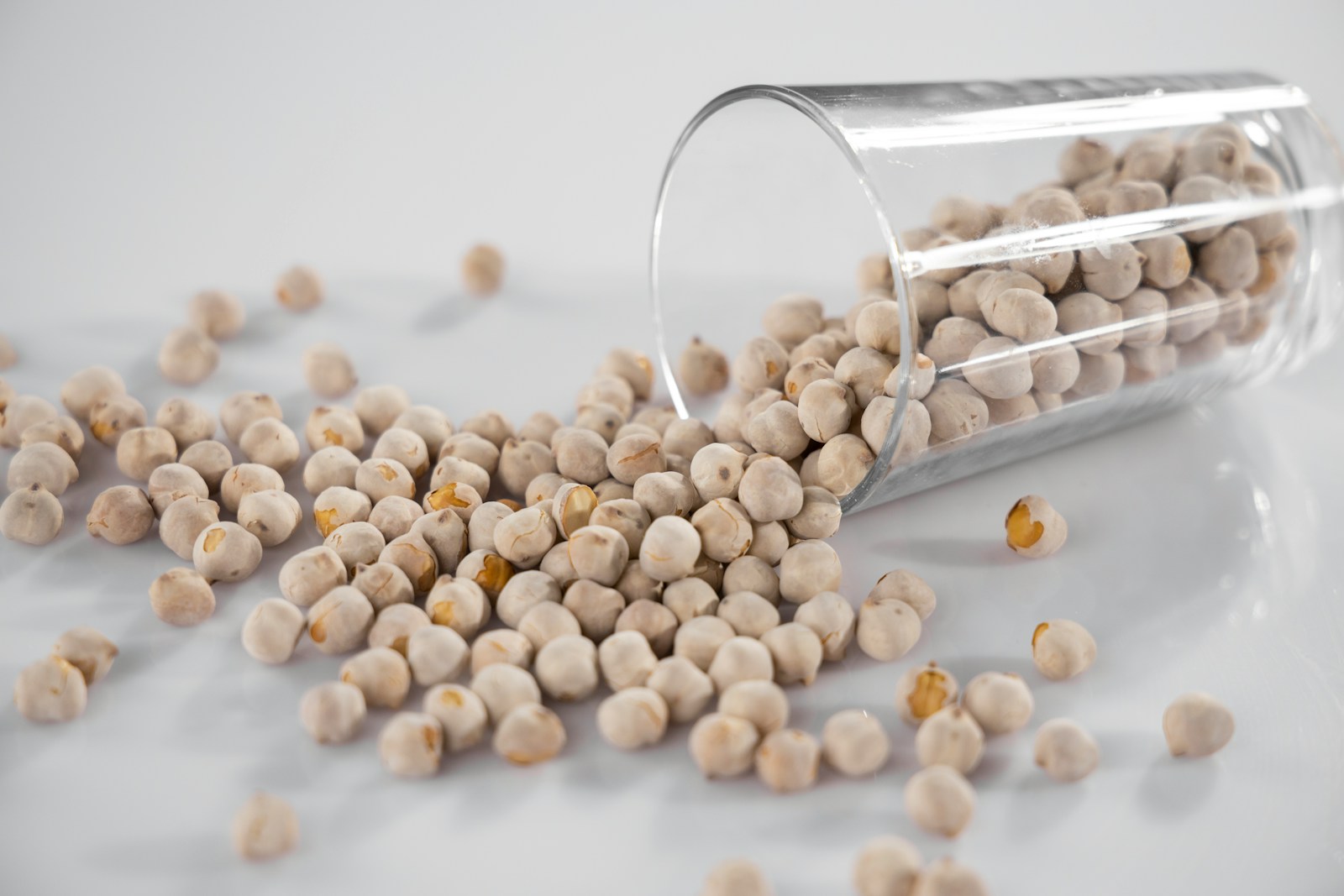
All types of animal milk naturally cause an increase of insulin-like growth factor-I (IGF-I) to be released. The presence of dairy in the diet keeps IGF-I levels high, driving up excess sebum production and skin cell proliferation that lead to follicle plugs8. Too much IGF-I also causes the production of excessive androgen hormones like testosterone and DHT – promoting even more sebum, skin cells, and inflammation.
Dairy proteins (e.g. whey protein) naturally boost IGF-I. But commercial products may be even worse as they often contain added IGF-I as well as other hormones that cause an increase in oils and bacteria on the skin such as androgens, progesterone, insulin, betacellulin and growth hormone9. Cutting out dairy is essential to rebalance natural hormone levels and combat acne. Populations with no dairy consumption, such as the Inuit of Alaska and Okinawan islanders, have no acne!10.
Considering switching dairy for soy milk? Think again...
2) Eliminate Soy to Clear Up Oily Skin
Soy contains great levels of protein for plant-based dieters but it can wreak havoc on some people's hormones. It's rich in phytoestrogens – compounds that look and act similarly to estrogen in the human body. One study showed that some people may actually benefit from adding soy to their diets, as the phytoestrogens in soy may inhibit the action of DHT11– however, the excess phytoestrogen activity can ultimately throw out the ratio of testosterone: estrogen – this increases inflammation and an over-production of sebum. A better way to bring down DHT is to support the enzyme that converts testosterone into estrogen rather than into DHT – this enzyme, aromatase, can be bolstered with antioxidants like quercetin 12.
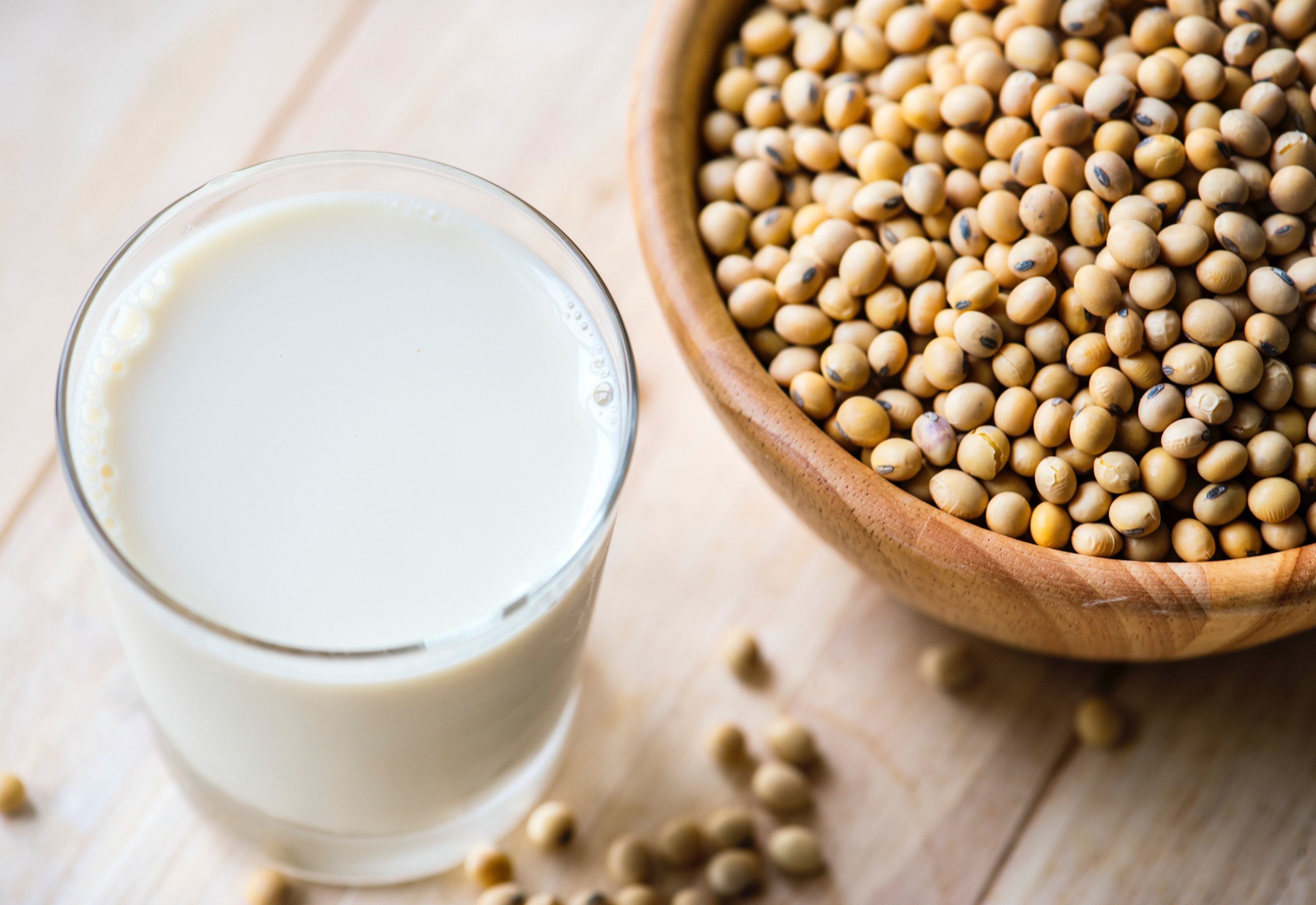
3) Go Gluten-Free to Reduce Inflammation
Gluten is another protein in the diet that contributes to many cases of acne. While coeliac disease reportedly occurs in only 1% of the population in the USA13, gluten sensitivity is suspected to be much more prevalent14. In most people, gluten does not cause an allergic or immune reaction when it is consumed, but it does cause inflammation throughout the body-- including the skin. Inflammation in skin follicles causes even more sebum to be produced and a greater influx of immune cells – this translates to bigger, nastier zits.
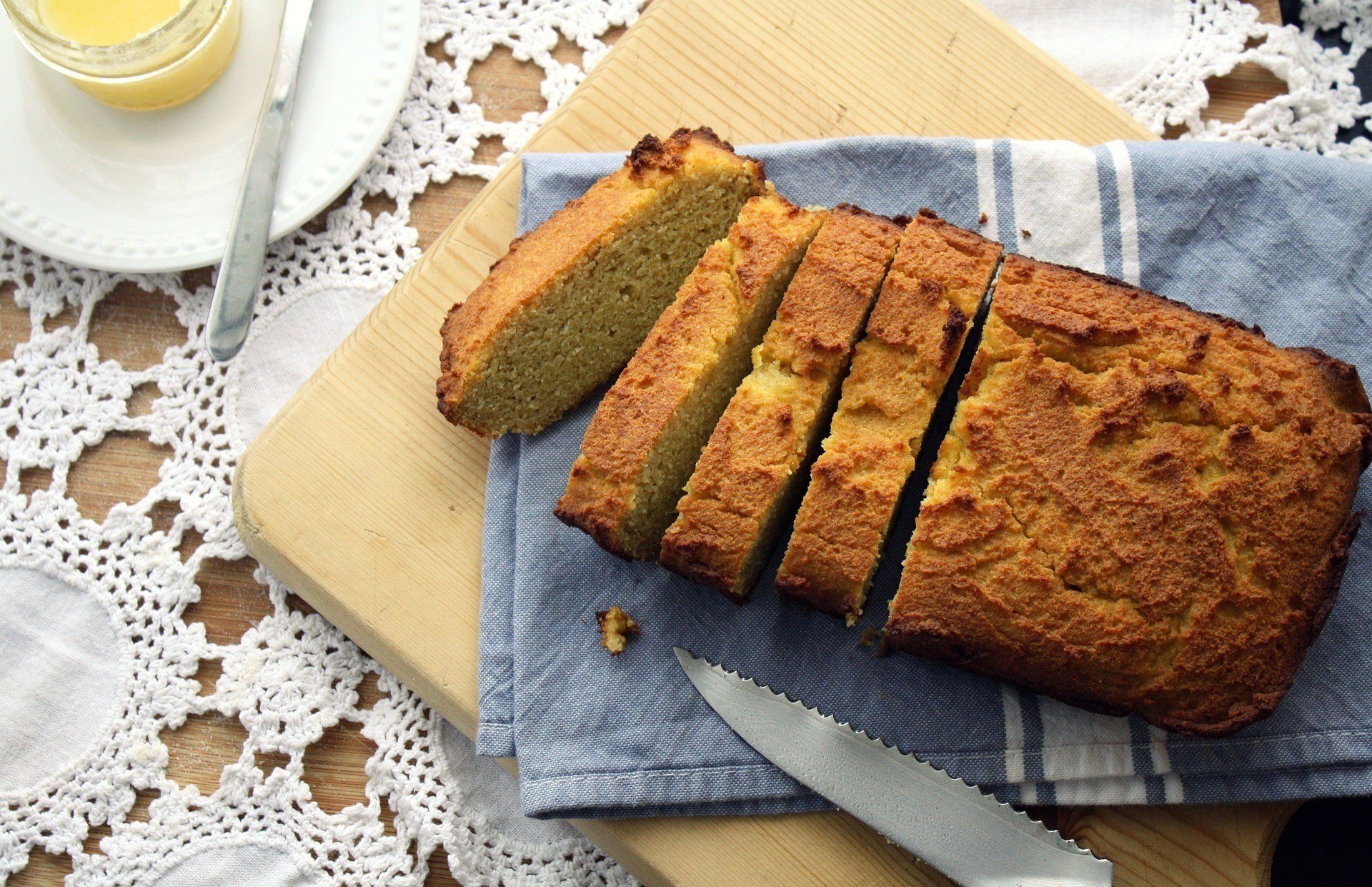
There are no studies linking gluten directly with acne, but plenty showing that it can aggravate other skin conditions including psoriasis15. The link between gluten sensitivity and inflammation is well-established, as is the link between acne and inflammation. Connecting the dots, it's very likely that gluten can contribute to acne1617.
Gluten is found in grains including wheat, barley and spelt, as well as products made from their flours – breads, cakes, pasta, and pizza. Gluten-free versions of these foods are readily available in most cities these days, but be aware that these alternatives still act the centre of a high-GI meal. Regardless of its gluten content, pasta will cause a spike of blood sugar and insulin release, followed by a rush of IGF-I, androgens, and hormone imbalances. Gluten-free foods often contain another GI-spiking grain: corn. Rather than replacing high-GI choices with gluten-free versions, take the opportunity to adopt a wholefood diet rich in fibre, healthy fats and protein to rebalance your hormones and clean up your acne. Go for brown rice, millet, quinoa or buckwheat instead.
4) Zinc’s Essential Role in Acne Treatment
Zinc is an essential mineral that has major roles in regulating growth, immune responses, and inflammation, and a deficiency can cause a type of lesion that is commonly mistaken for acne – boost your intake of this essential mineral to get rid of all kinds of spots18. Not only does zinc block the inflammatory signals behind acne, it can balance hormones too. Zinc regulates the conversion of testosterone into its more androgenic metabolite, DHT – with higher levels of zinc and lower levels of DHT, the skin will naturally produce less sebum 19.

Studies have shown that people with acne tend to have lower levels of zinc in their blood20, and that supplementation can decrease the number of acne lesions within 6 weeks 2122. Boosting zinc in the diet can easily occur hand-in-hand with cutting out corn and gluten-containing grains. Zinc is primarily found in nuts, seeds and legumes.
TIP: Zinc is essential for wound healing, so boost your levels if you are concerned about acne scars!
5) Support Vitamin D & Immune Health
Vitamin D is less of a vitamin and more of a fat-soluble steroid that works directly with hormones throughout the body. Most of the vitamin D found in the human body is produced through a chemical reaction between UVB rays from the sun and specialised cells within the skin. Once formed, vitamin D works closely with those specialised cells to provide antibacterial protection for the skin, regulation of inflammation, and support of immune defences. It is also essential for the healthy proliferation of skin cells and easy removal of dead cells to prevent the formation of follicle plugs.

On a broader level, vitamin D is fundamental for the balance of testosterone, DHT, progesterone and IGF-I23. Having low vitamin D levels can cause an excess of these acne-causing hormones, while boosting your levels of vitamin D can support the immune system to quickly clear up P. acnes infections24A study in 2016 found that increasing your vitamin D supply can reduce the severity of acne25. Careful though – sun exposure can boost vitamin D, but too much can aggravate acne. Damage to the skin from too much UV radiation causes inflammation, immune cell infiltration, and angry pimples. Unfortunately, it's quite tricky to get vitamin D through the diet but you can increase the nutrient cofactors it needs – get magnesium and B vitamins from leafy green vegetables and whole grains.
6) Stabilise Blood Sugar with Plant-Based Proteins
Protein is an essential component of all structures in the body, including skin cells and sebaceous glands. It is necessary for hormone balance, skin structure, sebum flow and immune regulation. A deficiency in protein is linked to poor skin integrity and increased risk of P. acnes infection26. If that wasn't enough to convince you, adding protein to any meal will reduce its GI, keeping down levels of IGF-I and other acne-causing hormones. Balance your blood sugar levels and prevent insulin excess by including protein in each meal and snack.
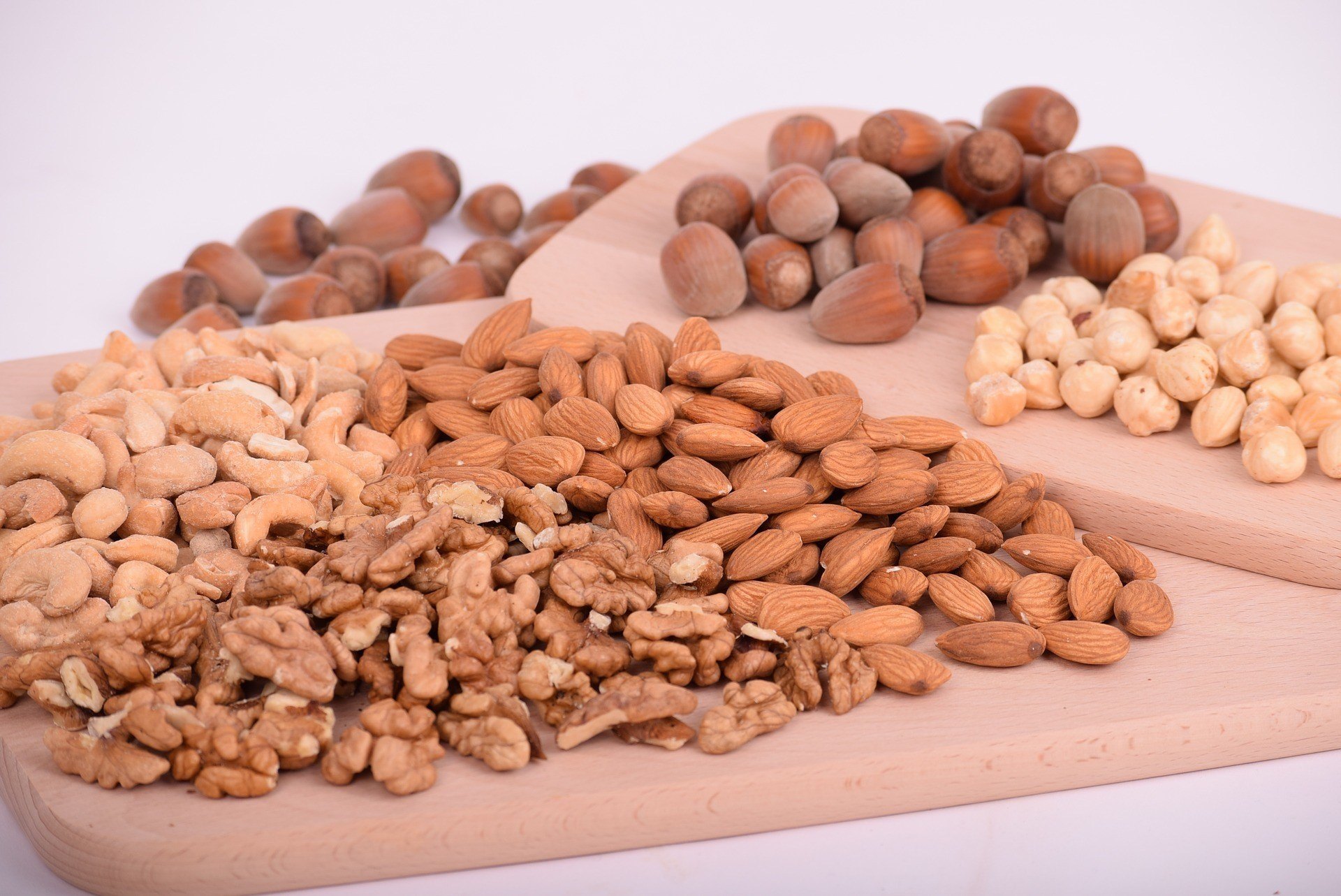
While animal proteins, whey protein, and gluten are out, proteins from brown rice, quinoa, nuts and legumes are in. These protein-rich foods not only keep hormones balanced, they also contain nutrients like zinc and powerful antioxidants that can help quench the inflammation and bacteria behind acne.
7) Eat Colorful Vegetables for Antioxidant Support
Vegetables are packed with minerals, vitamins, fiber and phytonutrients that the body needs to maintain healthy clear skin. In particular, red, orange and green leafy vegetables are a rich source of the key nutrients required to control inflammation and support the immune system to kill off bacteria. Vitamin C, quercetin, and resveratrol are particularly powerful against acne – get them from bell peppers, tomatoes, broccoli, spinach and red onions.

8) Omega-3 Fats Are Often The Missing Ingredient to Clear Skin
Having greasy acne can make you feel like fatty food is the last thing you'd want to eat, but it's actually the types of fats that matter more than the amount of fat you consume. In fact, certain healthy fats can help to reduce the severity of acne symptoms. Omega-3 fatty acids are delicate but powerful fats that reduce the impact of hormone imbalances and take the heat out of acne. They're able to reduce the inflammatory messengers that are associated with acne and they can decrease levels of IGF-I in the blood. A collection of case reports found that increasing omega-3 intake reduced inflammation and the number of cysts in participants with moderate to severe acnes vulgaris27.
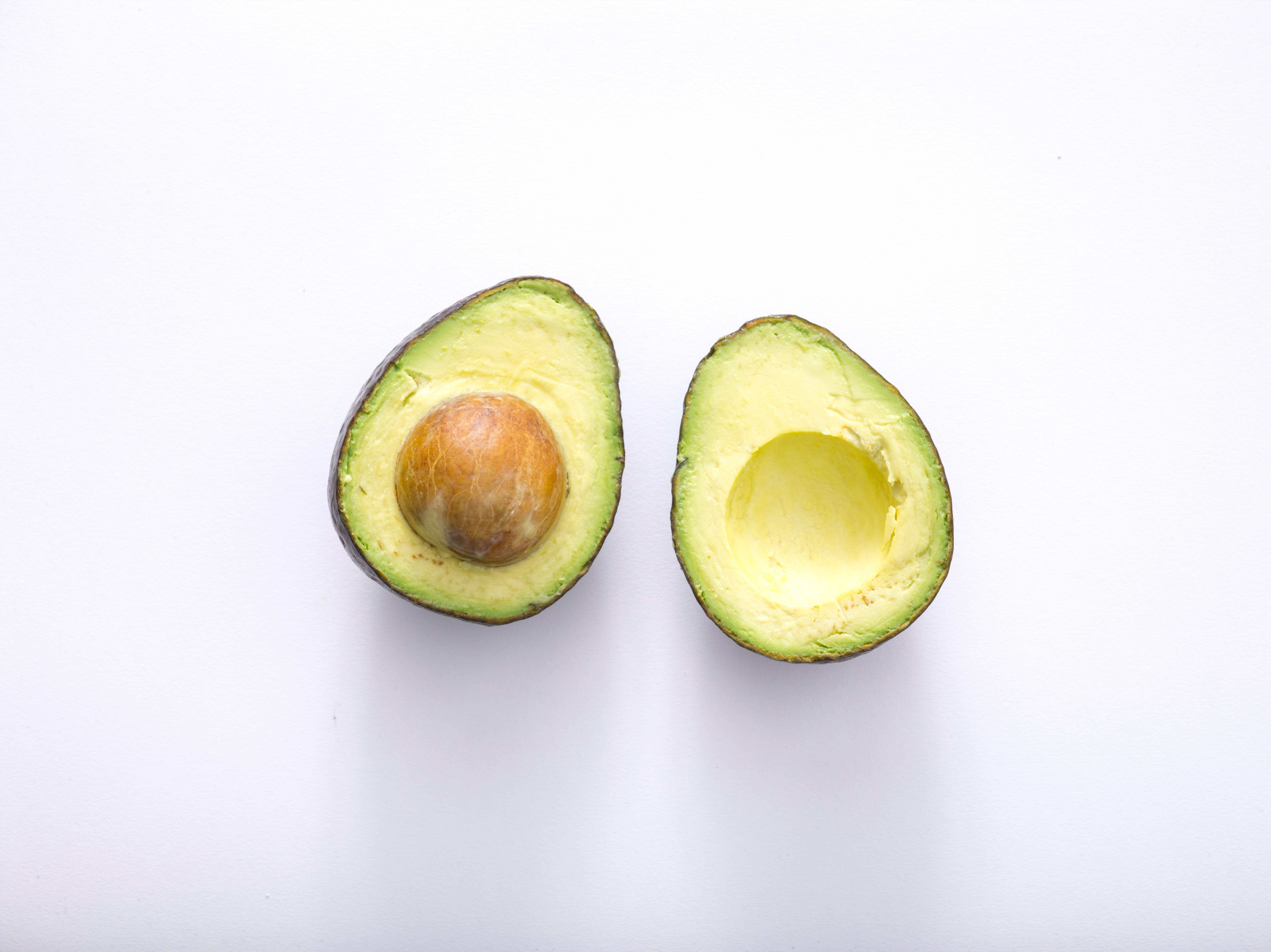
For the best results, don't just take an omega-3 supplement – the ratio of omega-3 to other fats is just as important than the total amount of omega-3 you take. Saturated, trans and omega-6 fats are generally pro-inflammatory and found in meat, eggs, and dairy milk. Ditch them and go for walnuts, avocados, nut milks for a better omega-3 ratio and clearer skin.
Switching your diet from a standard westernized diet of high-GI carbohydrates, dairy, soy, corn and saturated fats is the first and most essential step in curing acne forever. Pick colourful vegetables and whole foods with lots of fibre, plant-based proteins, and omega-3 fats for balanced hormones and clear skin. Give it time – the benefits of diet changes can take up to 6 weeks to show up in the skin.
References:
- Collier, C. N. (2008) The prevalence of acne in adults 20 years and older. JAAD., 58:1, 56 – 59. https://www.jaad.org/article/S0190-9622%2807%2901081-X/fulltext
- Keri, J. E. (2017) Acne Vulgaris. Merck Manual Online Database Professional. https://www.merckmanuals.com/professional/dermatologic-disorders/acne-and-related-disorders/acne-vulgaris Accessed 19th September 2018.
- Ju, Q., et al. (2017) Sex hormones and acne. Clin Dermatol., 35:2, 130 – 137. https://www.ncbi.nlm.nih.gov/pubmed/28274349
- Ju, Q., et al. (2017) Sex hormones and acne. Clin Dermatol., 35:2, 130 – 137. https://www.ncbi.nlm.nih.gov/pubmed/28274349
- Ju, Q., et al. (2017) Sex hormones and acne. Clin Dermatol., 35:2, 130 – 137. https://www.ncbi.nlm.nih.gov/pubmed/28274349
- Melnik, B. C., et al. (2009) Role of insulin, insulin‐like growth factor‐1, hyperglycaemic food and milk consumption in the pathogenesis of acne vulgaris. Experiment Dermatol., 18:10, 833 – 41. https://onlinelibrary.wiley.com/doi/full/10.1111/j.1600-0625.2009.00924.x
- Ulvasted, M., et al. (2017) Acne and dairy products in adolescence: results from a Norwegian longitudinal study. J Eur Acad Dermatol Venerol., 31:3, 530 – 535. https://www.ncbi.nlm.nih.gov/pubmed/27422392
- Melnik, B. C., et al. (2009) Role of insulin, insulin‐like growth factor‐1, hyperglycaemic food and milk consumption in the pathogenesis of acne vulgaris. Experiment Dermatol., 18:10, 833 – 41. https://onlinelibrary.wiley.com/doi/full/10.1111/j.1600-0625.2009.00924.x
- Melnik, B. C. (2011) Evidence for acne-promoting effects of milk and other insulinotropic dairy products. Nestle Nutr Workshop Ser Pediatr Program., 67, 131 – 145. https://www.ncbi.nlm.nih.gov/pubmed/21335995
- Melnik, B. C. (2011) Evidence for acne-promoting effects of milk and other insulinotropic dairy products. Nestle Nutr Workshop Ser Pediatr Program., 67, 131 – 145. https://www.ncbi.nlm.nih.gov/pubmed/21335995
- Sanderson, J. T., et al. (2004) Induction and inhibition of aromatase (CYP19) activity by natural and synthetic flavonoid compounds in H295R human adrenocortical carcinoma cells. Toxicol Sci., 82:1, 70 – 79. https://www.ncbi.nlm.nih.gov/pubmed/15319488
- Sanderson, J. T., et al. (2004) Induction and inhibition of aromatase (CYP19) activity by natural and synthetic flavonoid compounds in H295R human adrenocortical carcinoma cells. Toxicol Sci., 82:1, 70- 79. https://www.ncbi.nlm.nih.gov/pubmed/15319488
Beyond Celiac (n.d.) Celiac Disease: Fast Facts. https://www.beyondceliac.org/celiac-disease/facts-and-figures/ Accessed 19th September 2018.
- Sapone, A., et al. (2012) Spectrum of gluten-related disorders: consensus on new nomenclature and classification. BMC Med., 10, 13. https://www.ncbi.nlm.nih.gov/pmc/articles/PMC3292448/
- Michaëlsson, G., et al. (2000) Psoriasis patients with antibodies to gliadin can be improved by a gluten-free diet. Br J Dermatol., 142:1, 44 – 51. https://www.ncbi.nlm.nih.gov/pubmed/10651693
- Tanghetti, E. A. (2013) The Role of Inflammation in the Pathology of Acne. J Clin Aesthet Dermatol., 6:9, 27- 35. https://www.ncbi.nlm.nih.gov/pmc/articles/PMC3780801/
- de Punder, K. & Pruimboom, L. (2013) The Dietary Intake of Wheat and other Cereal Grains and Their Role in Inflammation. Nutrients., 5:3, 771 – 787. https://www.ncbi.nlm.nih.gov/pmc/articles/PMC3705319/
- Cervantes, J., et al. (2018) The role of zinc in the treatment of acne: A review of the literature. Dermatol Ther., 31:1. https://www.ncbi.nlm.nih.gov/pubmed/29193602
- Cervantes, J., et al. (2018) The role of zinc in the treatment of acne: A review of the literature. Dermatol Ther., 31:1. https://www.ncbi.nlm.nih.gov/pubmed/29193602
Kaymak, Y., et al. (2007) Zinc Levels in Patients with Acne Vulgaris. J Turk Acad Dermatol., 1:3. http://www.jtad.org/2007/3/jtad71302a.pdf
Göransson, K., et al. (1978) Oral zinc in acne vulgaris: a clinical and methodological study. Acta Derm Venereol., 58:5, 443-8. https://www.ncbi.nlm.nih.gov/pubmed/82356
- Dreno, B., et al. (1989) Low doses of Zinc gluconate for inflammatory acne. Acta Dermato Venereologica., 69:6. https://www.researchgate.net/publication/20581506_Low_doses_of_Zinc_gluconate_for_inflammatory_acne
Ameri, P., et al. (2013) Interactions between vitamin D and IGF-I: from physiology to clinical practice. Clin Endocrinol., 79:4. https://www.ncbi.nlm.nih.gov/pubmed/23789983
- Zhao, D., et al. (2017) Serum Vitamin D and Sex Hormones Levels in Men and Women: The Multi-Ethnic Study of Atherosclerosis (MESA). Maturitas., 96. https://www.ncbi.nlm.nih.gov/pmc/articles/PMC5218632/
Lim, S. K., et al. (2016) Comparison of Vitamin D Levels in Patients with and without Acne: A Case-Control Study Combined with a Randomized Controlled Trial. PLOS One., 11:8. https://www.ncbi.nlm.nih.gov/pubmed/27560161
- Leheste, J. R., et al. (2017) P. acnes-Driven Disease Pathology: Current Knowledge and Future Directions. Front Cell Infect Microbiol., 7, 81. https://www.ncbi.nlm.nih.gov/pmc/articles/PMC5348501/
- Rubin, M. G., et al. (2008) Acne vulgaris, mental health and omega-3 fatty acids: a report of cases. Lipids Health Dis., 7, 36. https://www.ncbi.nlm.nih.gov/pmc/articles/PMC2577647/
